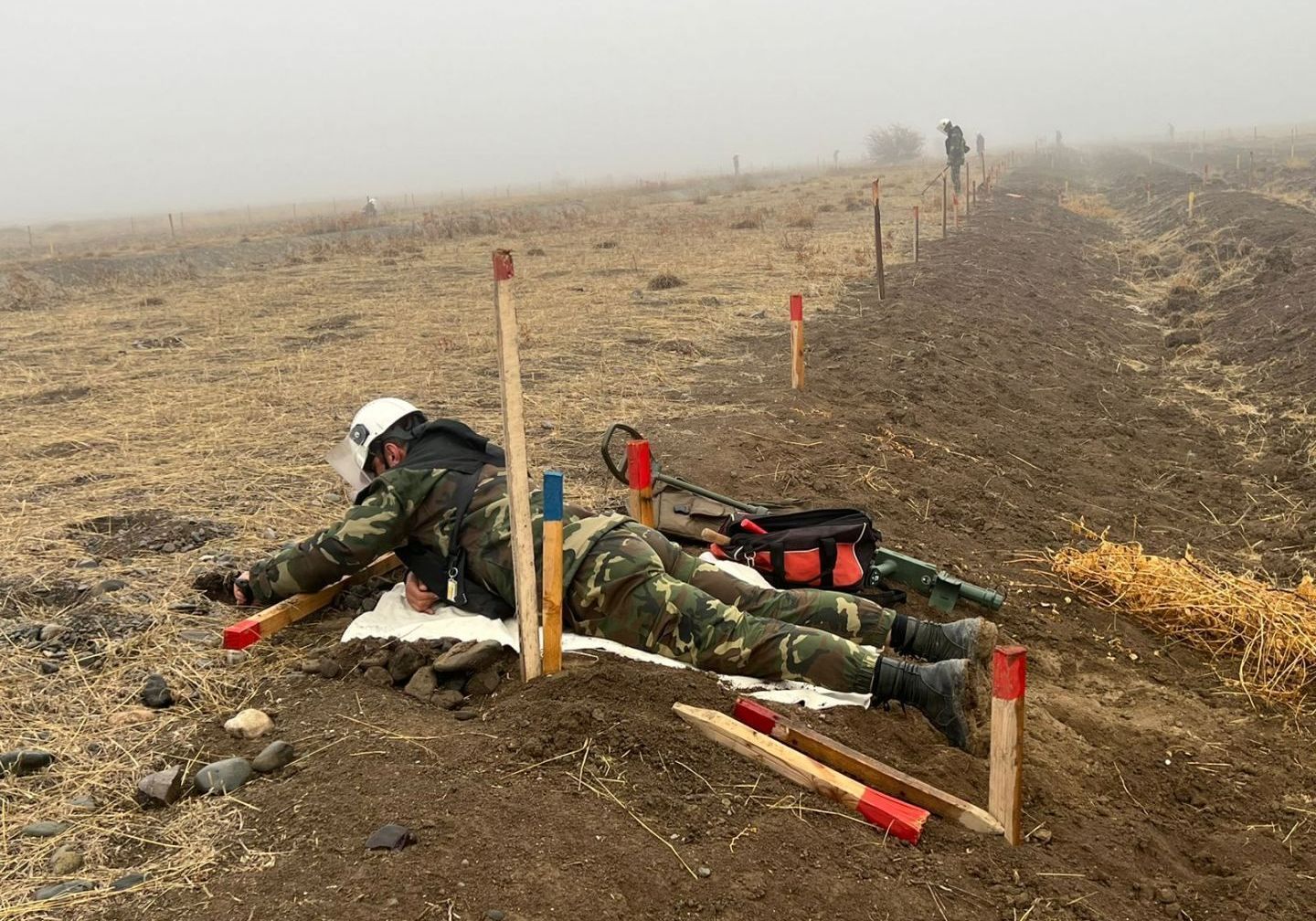By Ishtiaq Ahmed
ISLAMABAD, May 21 (APP): Wearing a somber look on his face, 35-year Ayub was standing next to the ghost town of Fuzuli, reminiscing his pleasant memories of living with his parents and grandparents in this erstwhile prosperous agricultural city.
His family was exiled from Fuzuli following the Armenian occupation. Though settled in Baku for the past thirty years, they still eagerly await their return to native soil, which currently resembles a desolate wasteland with ruined public structures covered in vegetation.
As Ayub, an employee of the media industry, recalled the enchanting memories, behind him the masons were on work to construct residential highrises as part of the government’s efforts to rehabilitate the area – a dream which is likely to take decades more to come true.
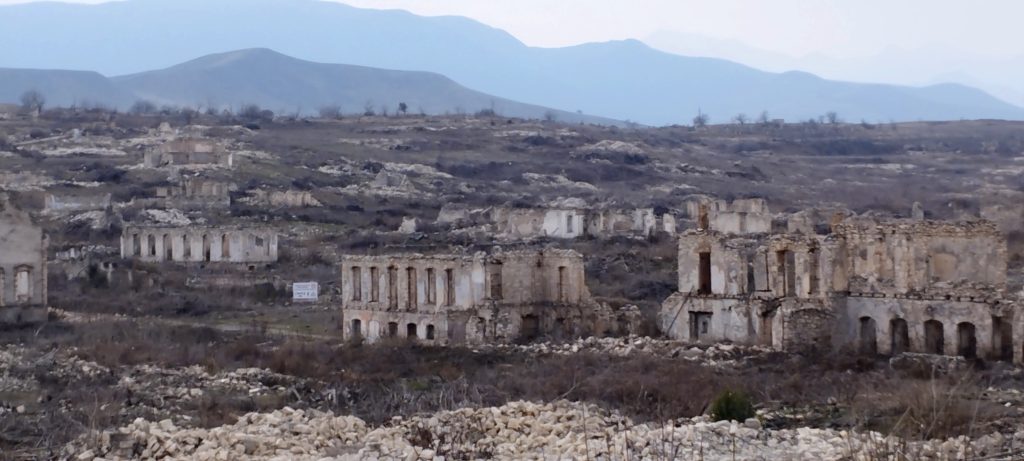
Following a 44-day war that ended in November 2020, consequent to a trilateral agreement, Azerbaijan has successfully liberated the area ending three decades of Armenia occupation.
The expatriated people who celebrated the victory of Azerbaijan and were hopeful of their early resettlement never knew that it was bittersweet liberation as the Armenia forces left behind a deadly legacy of around one million mines – one mine for every Azerbaijani, including women, children and the elderly, expelled from Karabakh.
If we take into account the huge amount of unexploded ordnance and improvised booby traps, the figure will be even higher.
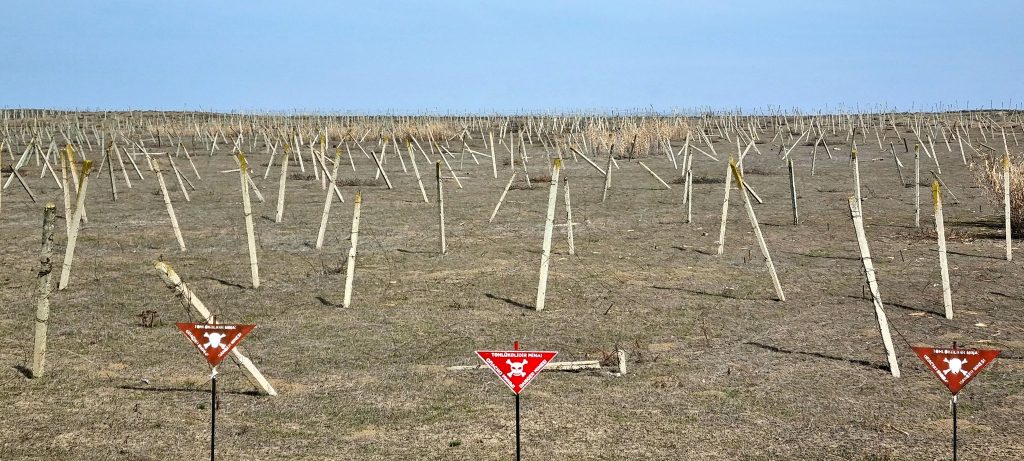
The area liberated by Azerbaijan is “twice bigger as Palestine and Bahrain and almost the same size as Qatar, Lebanon and Montenegro,” said Araz N. Imanov, Senior Advisor of the Special Representation of the President of Azerbaijan in the Karabakh Economic Region.
Imanov, who accompanied and briefed the foreign media representatives during a guarded tour of the liberated territory, told that after liberating the territory, the Azerbaijani government was faced with a daunting challenge of landmines as the area was one of the most contaminated one in the world. In fact, Armenia did not provide full information on the location of the mines.
Besides the mines, there were unexploded devices too making the area much more complicated.
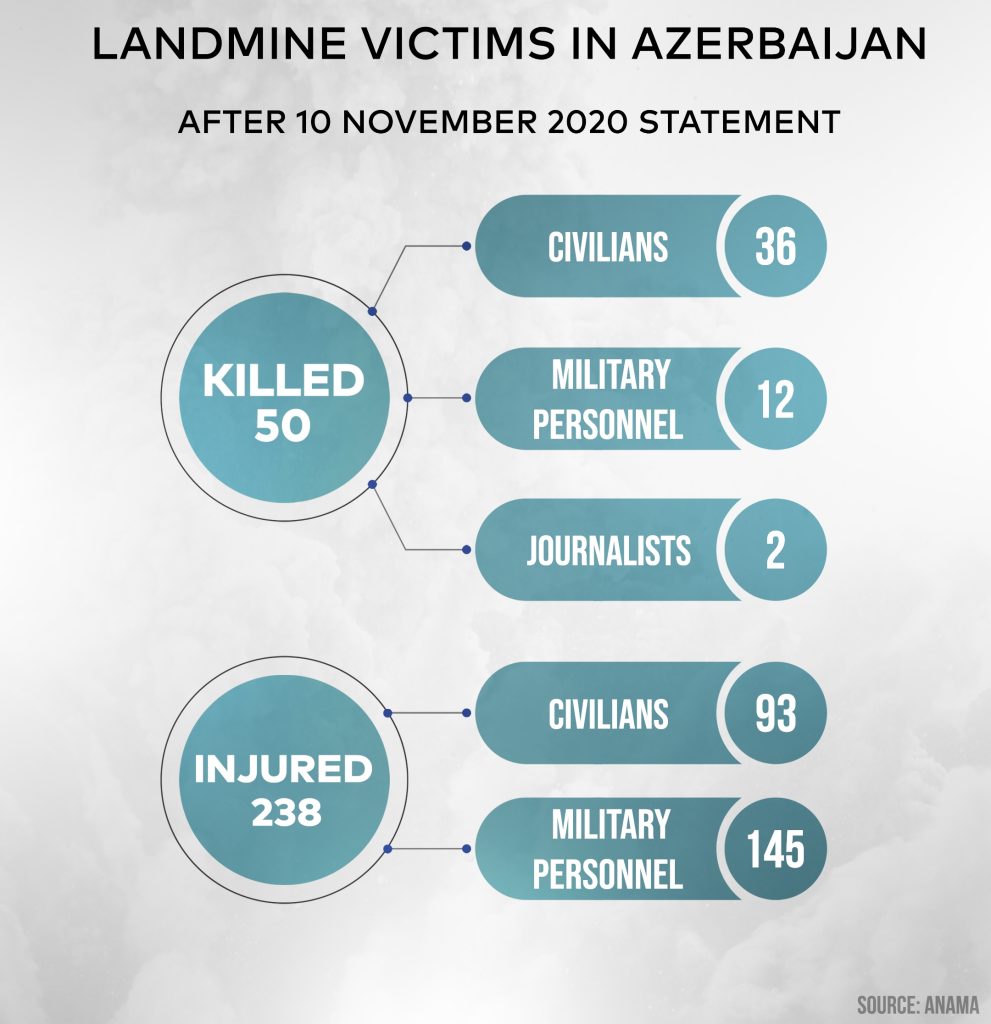
“The terrain is not flat. There are a lot of fortifications and surprises. There are booby traps and hidden mines in water pipes. Some are hand made and some are remote control explosives. Everything that the deminers can expect is in this territory,” he said.
He said along the line of contact between the two countries, there are even five-kilometer-wide land mines. From the trilateral agreement to the end of 2022, around 300 people were affected by mine explosions. In total, 3,358 people, including 357 children and 38 women, have been killed by mines since the Armenian occupation.
Imanov said as per the UN and Azerbaijani experts, the complete de-mining operation could take another 30 years and cost around $25 billion.
The development of basic infrastructure was of utmost importance for de-mining, including roads, communication channels and residential complexes.
Besides mine detection dogs and demining machines, the Azerbaijan government is also using drones to take advantage of artificial intelligence-based systems for aerial mine research.
According to preliminary information, 147,988 hectares of Azerbaijan’s liberated territory are characterized by high, and 675,570 hectares by medium and low levels of mine contamination.
According to the head of a department of the Azerbaijan National Agency for Mine Action (ANAMA), Idris Ismayilov, over 68,900 hectares of Azerbaijan’s liberated territories have been cleared of mines.
“In total, over 82,700 unexploded ordnances and mines were found, while 8.1 percent of the territories cleared of mines or 5,600 hectares fall on the territories where transport and IT infrastructure is being built. 1,070 hectares of cleared areas lie along the railways that are being built in Karabakh,” Ismayilov added.
“The government of Azerbaijan is taking active steps to return peaceful life to the territories liberated from occupation. And this process could go faster if the deminers had accurate maps of the minefields left behind by the Armenians. However, Armenia is in no hurry to provide them… Pakistan will not hide the truth about this worrying situation and will continue to support Azerbaijan, both nationally and internationally.” said Khalid Taimoor Akram, Executive Director of Pakistan Research Centre for a Community with Shared Future.
The maps of minefields that Armenia provided to Azerbaijan are about just five percent of the liberated territories. This is less than a third of the high-risk areas.
Imanov said in sheer violation of international conventions and norms, the Armenia forces even targeted the civilian area in Ganja city, a cultural and the second largest city of Azerbaijan located far beyond the battlefield. 26 civilians, including children and women were killed and 175 people were injured in the missile attack.
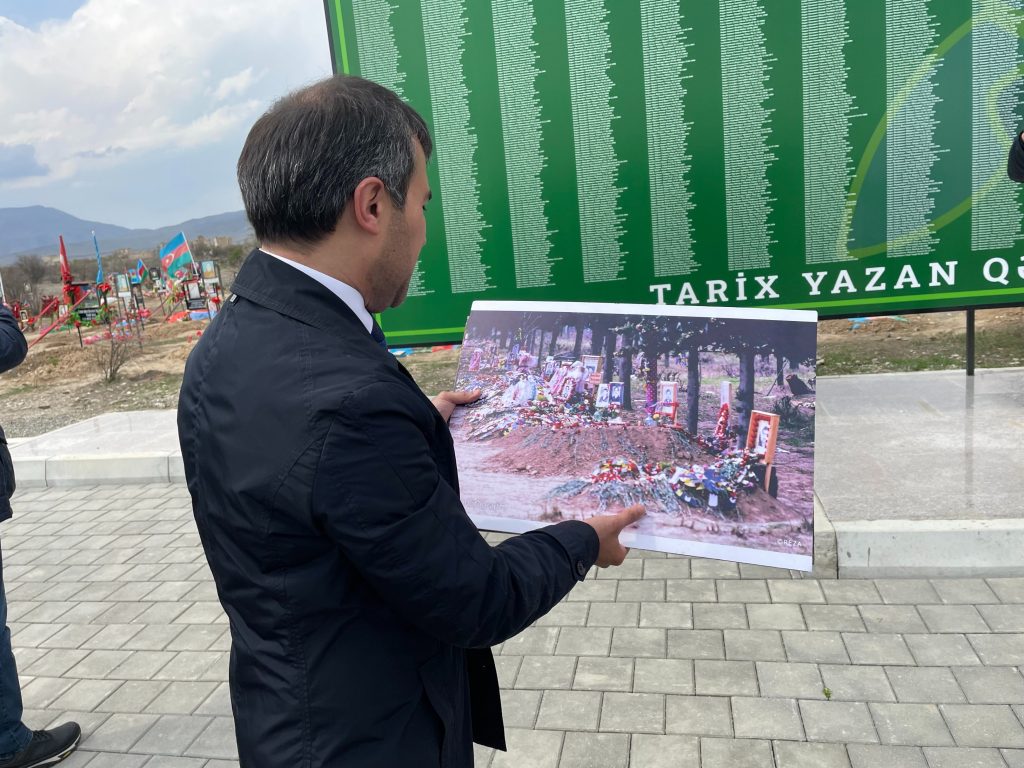
Owing to the massive destruction by the occupation forces, Aghdam district, once a habitation of over 100,000 people and one of the most developed areas in Azerbaijan, is now called “Hiroshima of Caucasus” or a “ghost city.”
However, after the occupation, all the residential infrastructure, including apartment buildings, schools, and hospitals were demolished and production facilities were looted.
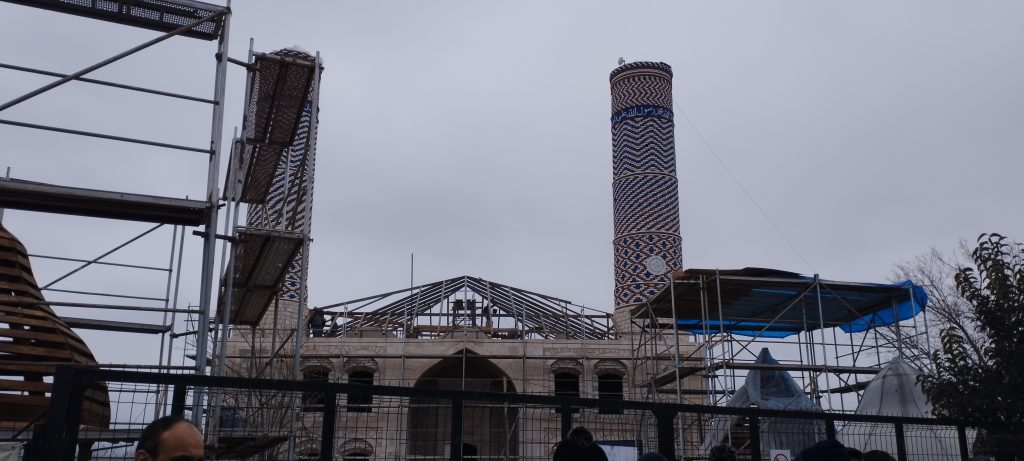
“This is not the result of military operation, neither bombing nor shelling. Armenia did not have many weapons to do this all. They instead looted and plundered the area manually. They used the area as a depot for construction materials,” Imanov said and pointed out that all the movables from the buildings were transported to Armenia.
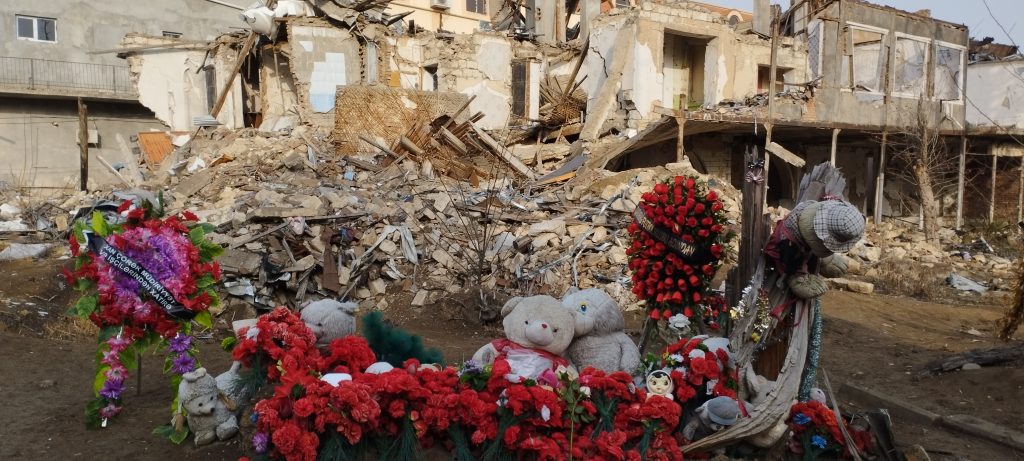
According to the authorities in Azerbaijan, the Armenian forces used mosques as a stable for cattle and vandalized cemeteries. They dug the graves and stole gold teeth from the skulls of the dead bodies. The black and white marble popularly used in Azerbaijan as tombstones was also stolen and used in a range of places like stairs and kitchen shelves.
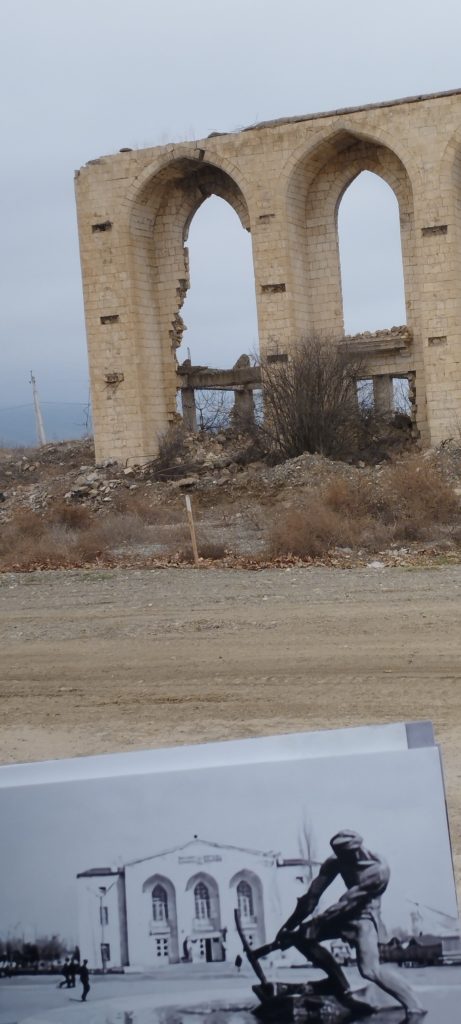
The journalists, who arrived in Azerbaijan to attend an international summit held Baku, were briefed about the residential buildings, civilian facilities, and religious, cultural and historical monuments destroyed by Armenia during the occupation of Aghdam city.
They visited the Imarat Complex, Panah Ali Khan`s Palace, Juma Mosque, the remains of the Drama Theater building.
RECONSTRUCTION
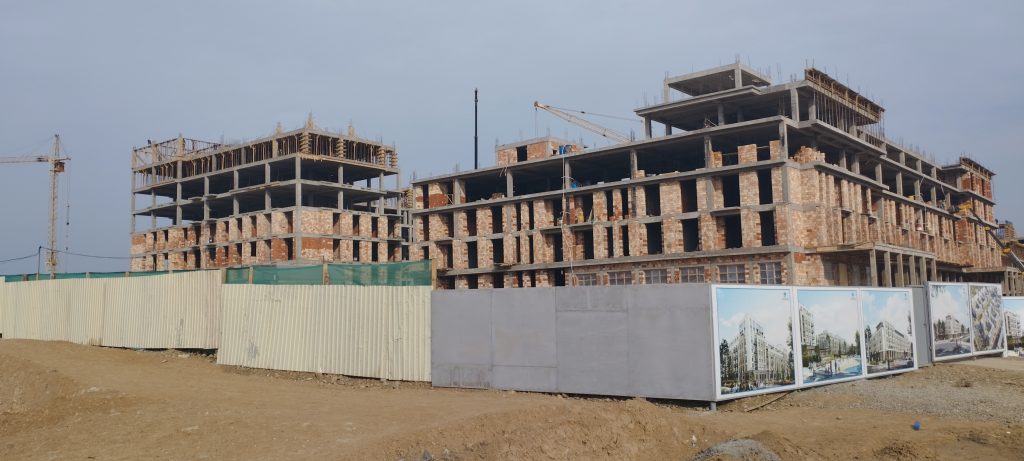
The occupiers destroyed 65 mosques, 808 community centres and clubs, 85 music schools, 22 museums and nine palaces of historical significance.
Nearly 100,000 exhibits were stolen, most of which were unique. A total of 927 libraries containing 4.6 million books and priceless manuscripts were burned to ashes.
Railway communications and 800 kilometres of roads, electricity and gas lines extending 45,000 kilometres were put out of operation.
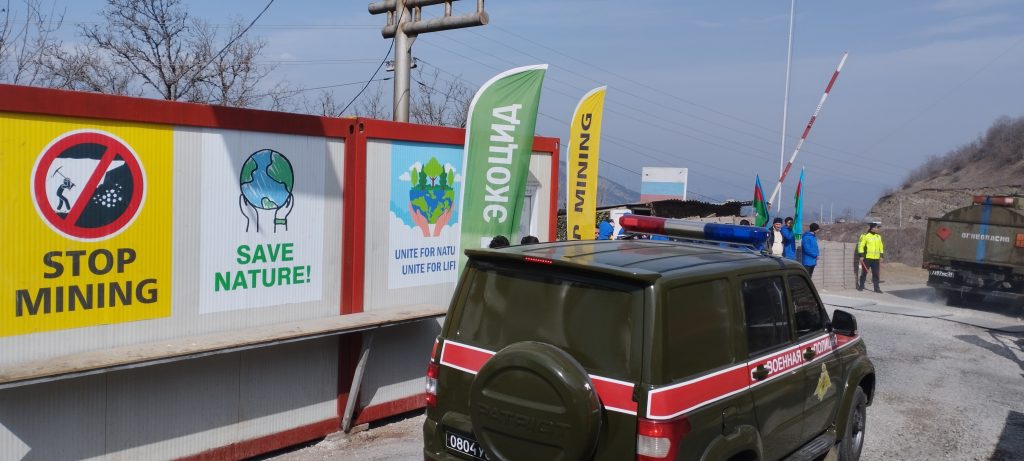
As the Azerbaijani government was undertaking a mammoth task of reconstruction, it had already built two airports in Fuzuli and Zangilan.
The highways to restore connectivity are being built, residential complexes raised and water bodies being cleared of debris to revive agriculture.
The media men were escorted to the Lachin-Khankendi road – where vehicles belonging to the Russian peacekeeping contingent were passing through the peaceful protest of volunteers seeking an end to the illegal exploitation of mineral deposits.

